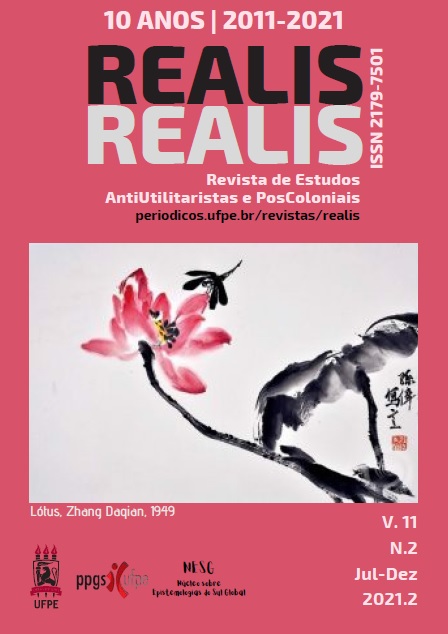Em 70 anos como a Nova China eliminou a pobreza extrema?
DOI:
https://doi.org/10.51359/2179-7501.2021.252611Parole chiave:
redução da pobreza, desenvolvimento econômico, desenvolvimento rural, ChinaAbstract
A China é conhecida por reduções notáveis na pobreza rural e tem como objetivo eliminá-la até 2020. Alcançar esse resultado requer a identificação da população pobre remanescente e uma estratégia que aborde efetivamente as causas de sua pobreza. Este artigo explora as maneiras pelas quais a China se converteu de país mais pobre do mundo em 1949 a um país em que a pobreza extrema está à beira do desaparecimento. Ele examina os papéis do crescimento econômico e uma combinação direcionada da política tradicional voltada para o desenvolvimento para condados, vilas e regiões pobres, com garantias mínimas de vida e serviços debem-estar mais amplos. As conclusões se baseiam em uma pesquisa de 2017 de 4.626 famílias rurais e 13.689 indivíduos em 628 condados para apontar para algumas das características da população rural contemporânea.Riferimenti bibliografici
DUNFORD, M., GAO, B., & LI, W. (2019). Who, where and why? Characterizing China’s rural population and residual rural poverty. Area Development and Policy, 1-30. doi:10.1080/23792949.2019.1571425
LI, S. (2014). Poverty Reduction and Effects of Pro-poor Policies in Rural China. China & World Economy, 22(2), 22-41. doi:10.1111/j.1749-124X.2014.12060.x
LIU, W., DUNFORD, M., SONG, Z., & CHEN, M. (2016). Urban–rural integration drives regional economic growth in Chongqing, Western China. Area Development and Policy, 1(1), 132-154. doi:10.1080/23792949.2016.1151758
LIU, Y., & LONG, H. (2015). Transformation of rural China. In M. L. Dunford, Weidong (Ed.), The geographical transformation of China (pp. 88-110). London and New York: Routledge.
TIEJUN, W. (2001). Centenary reflections on the 'three dimensional problem' of rural China. Inter-Asia Cultural Studies, 2(2), 287-295. doi:10.1080/14649370120068586
WANG, S. (2005). Poverty targeting in the People's Republic of China. In Poverty targeting in Asia (pp. 136-185). Tokyo, Cheltenham (UK) and Northamption, MA (USA): Asian Development Bank Institute and Edward Elgar.
WEISS, J. (2005). Experiences with poverty targeting in Asia: an overview. In J. Weiss (Ed.), Poverty targeting in Asia (pp. 1-33). Cheltenham and Nothampton, MA.: Edward Elgar.
YEP, R., & FORREST, R. (2016). Elevating the peasants into high-rise apartments: The land bill system in Chongqing as a solution for land conflicts in China? Journal of Rural Studies, 47, 474-484. doi:10.1016/j.jrurstud.2016.07.017
Downloads
Pubblicato
Fascicolo
Sezione
Licenza
A revista se reserva o direito de efetuar, nos originais, alterações de ordem normativa, ortográfica e gramatical, com o intuito de manter o padrão culto da língua, respeitando, porém, o estilo dos autores;
As opiniões emitidas pelos autores são de sua exclusiva responsabilidade
Os direitos autores para artigos publicadoss nesta são dos autores, com direitos de primeira publicação para a REALIS. Todos o contéudo da revista, com exceção de caos especificamente declarados, é licenciado sob licença Creative Commons CC Atribuição Não Comercial 4.0 Internacional. Devido à política de acesso aberto da Revista, todos os artigos são gratuitos e livres para uso, com atribuição apropriada, para fins educacionais e não-comerciais.


